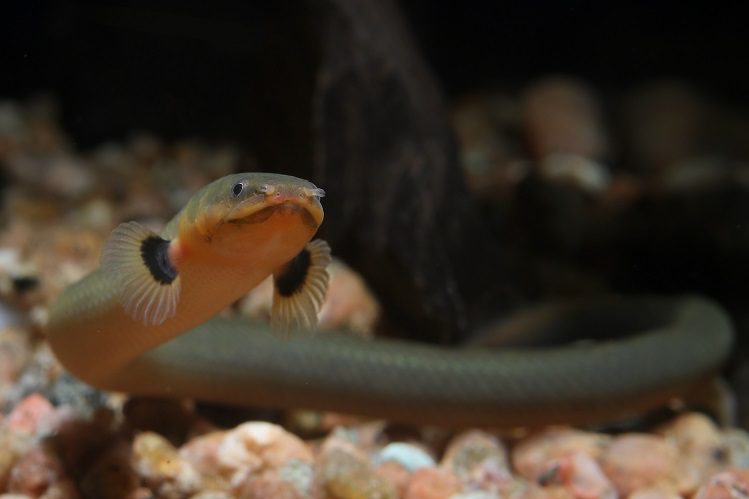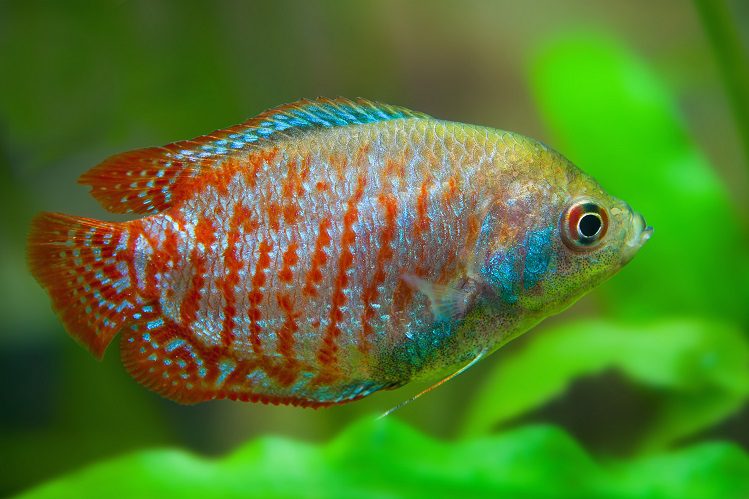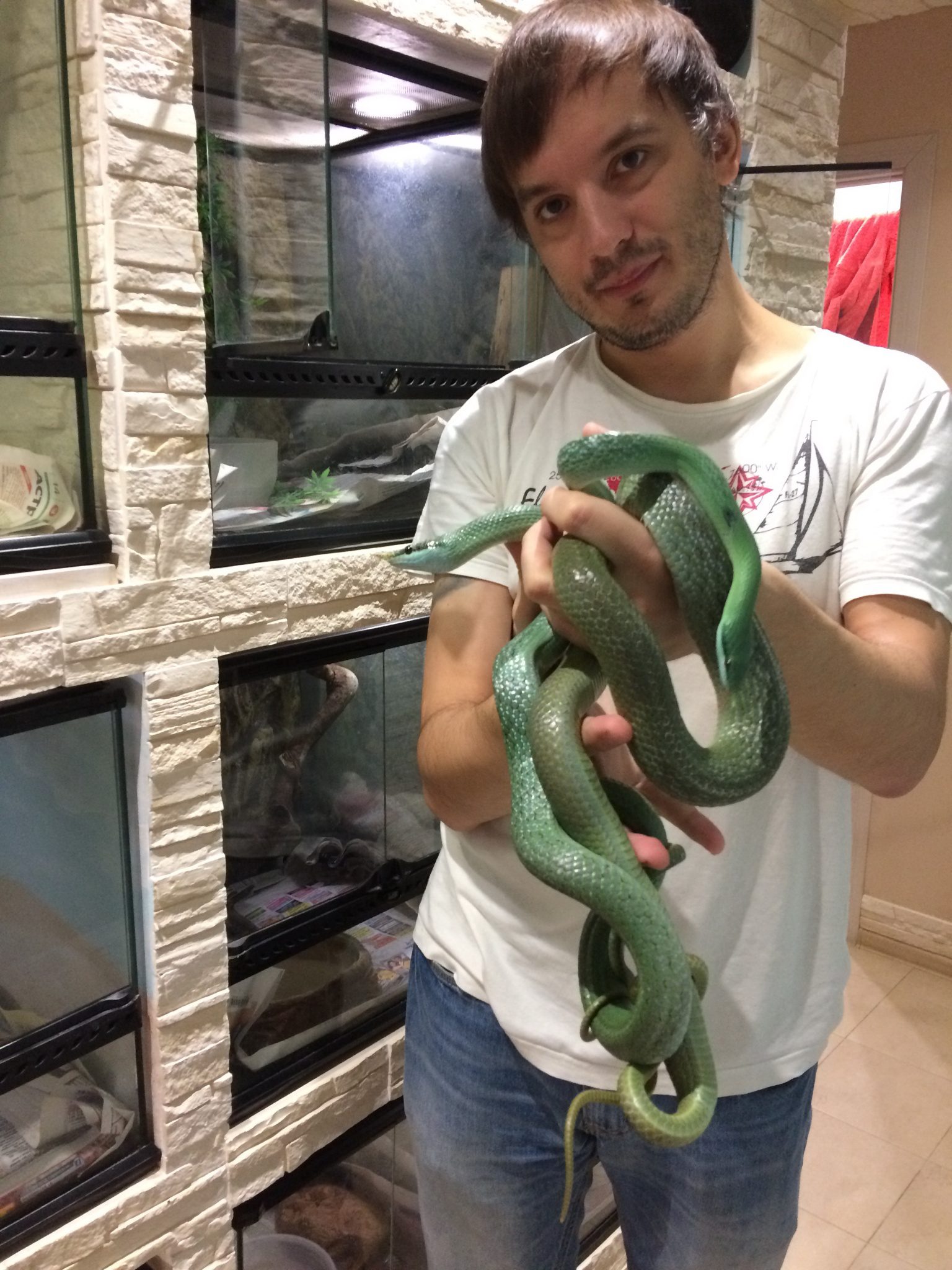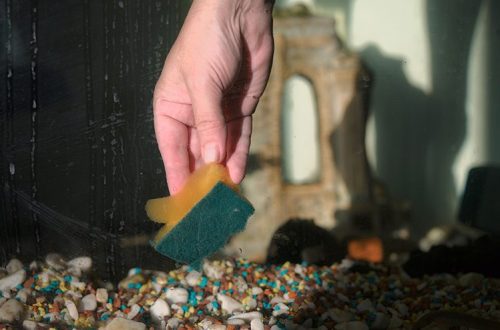
The most difficult fish for a novice aquarist
The New Year is a great time to start something new that you have a heart for. If you or your loved ones decide to devote themselves to aquarism, we will guide you in choosing the first wards. After all, we know that continuous pits and bumps in a new hobby can nullify all enthusiasm.
The idea that there are fish for experienced aquarists and fish for beginners is very arbitrary. Care of any fish can be planned and carried out regularly. The question is that for this an aquarist will need knowledge, discipline, a responsible attitude towards aquarium inhabitants. There are quite unpretentious aquarium fish. And there are fish that are demanding on the purity and temperature of the water, diet, neighborhood, and lighting. For those who are new to aquarium care in general, taking care of its especially fastidious inhabitants will not be easy. After all, the aquarium should be a source of positive emotions, not problems and difficulties.
If desired, basic informational preparation for your first aquarium can be completed in a week. Basic rules: do not overpopulate the aquadom, monitor water quality with drop tests for ammonia, nitrite, nitrate. Filtration, aeration, weekly cleaning and partial water changes – for a beginner aquarium hobbyist, the above is enough.
It is important that the first impressions of taking care of your own underwater kingdom are joyful and motivate for further responsible maintenance of the aquarium. Ideally, the first stage should have as many victories as possible and as few disappointments as possible. And if the fish get sick, hide in the thickets, refuse food, the novice aquarist will lose all the fuse. That is why we can name several capricious and secretive types of aquarium fish, communication with which, frankly, is an amateur. And they are not recommended for a beginner.
Kalamoicht Calabar or snake fish delights the novice aquarist. Just think – a sea serpent, a water dragon in a home aquarium! But not everyone thinks about the complexity of its content.
Kalamoicht is a predator, he does not eat dry food, but bloodworms, chicken or fish fillets. Prefers a twilight lifestyle, that is, communication with a pet and feeding should be scheduled for the late evening. The snake fish’s poor eyesight forces it to find food with the help of smell, and this is not a quick business. Therefore, you will have to feed such a ward separately, when the rest of the fish have already eaten.
Kalamoihts hide in caves, grottoes, plants; it is far from always possible to admire them. The body shape of the snake fish is fraught with danger. Calamoicht can jump out of the aquarium even through a tiny gap. A very secure cover is required.

Among the unpretentious aquarium fish, there are many catfish. Ancistrus, corridors are perfect for a beginner aquarist. But armored catfish agamix and platidoras are not the best options. They grow up to 15 centimeters long. In other words, they need a lot of space, they will have to immediately start a larger aquarium, 90 liters.
But even in comfortable living conditions, agamix and platidoras are in no hurry to give you the joy of communication. They prefer to hide in shelters and spend most of the day there. Activated at night or in the evening, with moderate lighting.
Lyalius in the aquarium – a joy to the eyes. Small colorful bright fish that get along well with most peaceful relatives. Alas, they are not distinguished by good health. They require ideal conditions, but even in this case they live only two or three years.
Lyalius are shy, any imbalance in the aquarium is a real stress for them. Ammonia, nitrite, excess nitrates are detrimental to them. If you keep the water temperature at 27 degrees, there is less chance that the laliuses will get sick. These gentle fish require soft, slightly acidic water, with an acidity level below seven. They love to hide in plants.

The apistogram fish looks great, all the colors of the rainbow have gathered on the scales of the fish, six to seven centimeters long. But apistogramma constantly get sick. It is believed that they can live for four years. However, experienced aquarists complain that their apistograms, even under ideal conditions, live for a year or two, no more.
Dealing with apistograms is really not easy. They need water with a temperature of 27 degrees. Live food is contraindicated for them. If there is even the slightest risk of catching some sore through live food, apistograms will definitely pick it up. There is only one way out – ready-made food.
It should be remembered that apistograms refer to cichlids. They behave quite peacefully, but territorial intraspecific aggression is in the order of things for them. Incompatible with goldfish and large aggressive predators such as catfish, piranhas and large cichlids. Before starting an apistogram, think about whether you can provide them with proper conditions and a comfortable neighborhood.
We do not in any way dissuade you from getting one or another fish. It often happens that novice aquarists successfully run large aquariums with several types of fish and do an excellent job of caring for them. We wish that your hobby for aquaristics gives you only joy and positive emotions!
The article was written with the support of an expert:
Andrey Ermakov – terrarium and aquarist with 20 years of experience, breeder of reptiles and amphibians.

.





